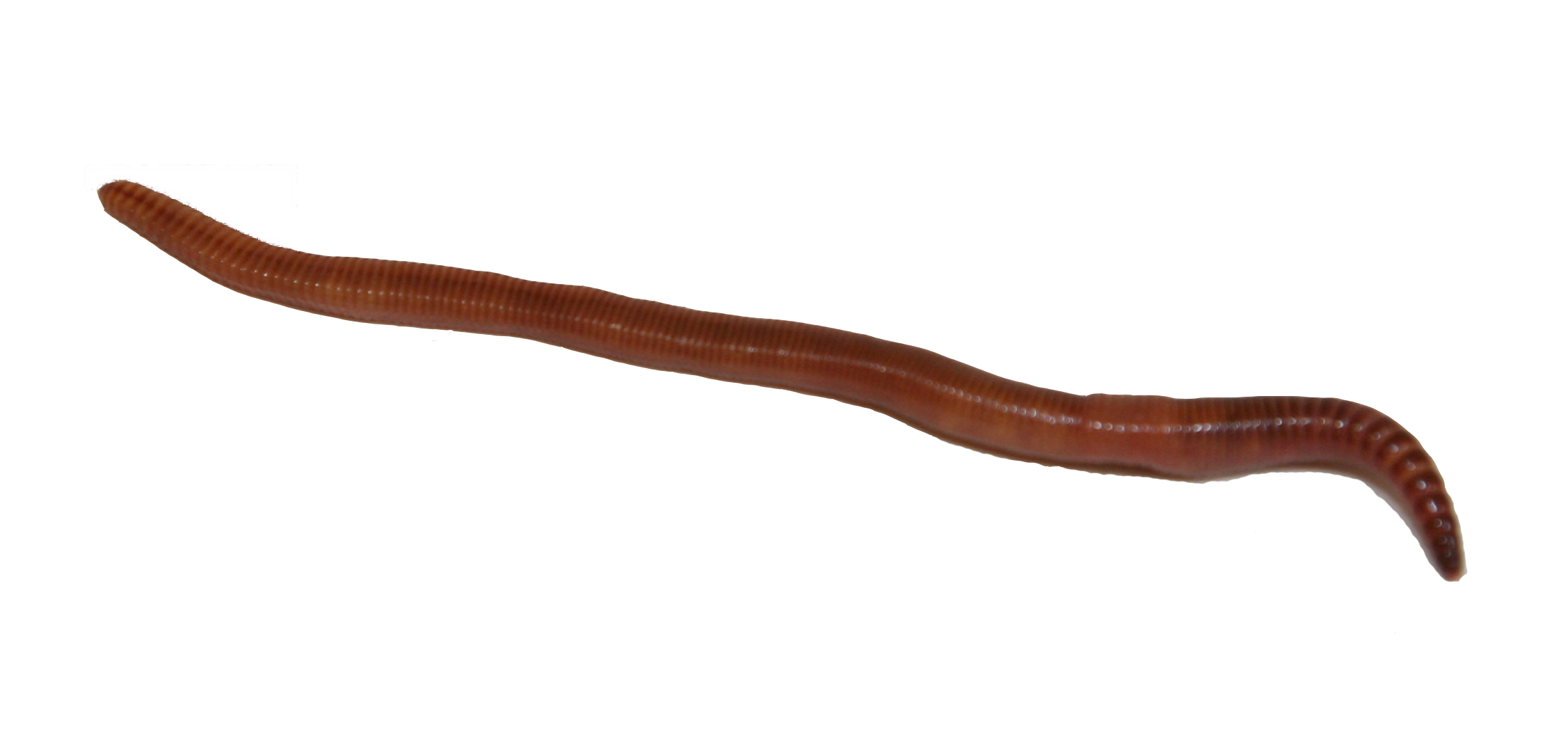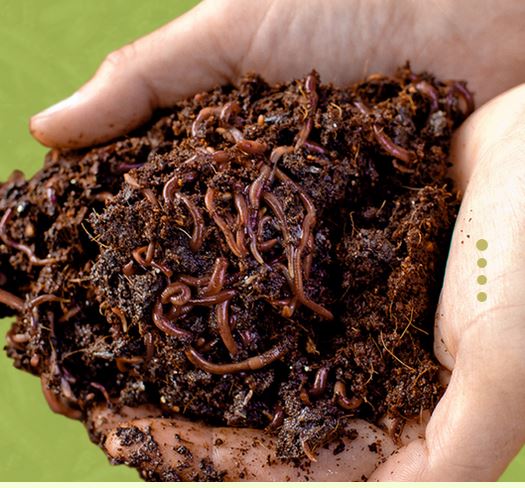Red Wigglers: Your Eco-Friendly Service for a Greener Garden
Red wigglers, or Eisenia fetida, provide a lasting strategy to boosting yard health and wellness via vermicomposting. By incorporating red wigglers into your gardening methods, you can effectively take care of waste while supporting a dynamic ecosystem.
(red wigglers near me)
What Are Red Wigglers?
Although usually incorrect for routine earthworms, red wigglers (Eisenia fetida) are a distinctive varieties known for their efficiency in composting raw material. These worms grow in rich, organic environments, such as garden compost piles and vermicomposting systems, where they play an important duty in damaging down waste. Unlike their even more usual equivalents, red wigglers choose a warmer habitat, commonly between 55 ° F and 77 ° F, which maximizes their activity and performance.
Red wigglers are identified by their reddish-brown pigmentation and fractional bodies, which can mature to 4 inches in size. They possess a special capacity to eat and digest organic products at an outstanding rate, refining approximately half their body weight daily. This rapid decomposition procedure not just improves the dirt yet likewise contributes to the general health and wellness of the garden ecosystem.
In regards to recreation, red wigglers are prolific, with the ability of generating cocoons that consist of several eggs. This permits quick population growth, making them a suitable choice for composting endeavors. Their versatility and voracious hunger for organic waste setting red wigglers as a vital ally for ecologically aware garden enthusiasts seeking sustainable practices.
Benefits of Making Use Of Red Wigglers
Utilizing red wigglers in the yard offers countless advantages that improve both soil quality and plant health and wellness. These earthworms are extraordinary decomposers, breaking down natural matter such as kitchen scraps and backyard waste into nutrient-rich spreadings. These castings, commonly described as "worm gold," supply necessary nutrients that improve dirt fertility, advertising vivid plant development.
Red wigglers additionally improve dirt structure. The presence of red wigglers boosts microbial activity in the dirt, creating a growing ecosystem that adds to disease resistance and enhanced plant wellness.
An additional considerable benefit of using red wigglers is their capacity to lower waste. In summary, integrating red wigglers right into horticulture techniques yields considerable advantages, making them a beneficial addition to any eco-conscious garden.
(Lake James Worms)
Exactly How to Start Vermicomposting
To begin vermicomposting, it's vital to produce a suitable atmosphere for red wigglers to grow, as their success directly impacts the efficiency of the composting process. Begin by picking a container, such as a plastic or wooden container, with appropriate drain and ventilation. A dimension of roughly 2 square feet is perfect for a household, enabling for a convenient worm populace.
Next, prepare bed linens product that is moist yet not excessively wet. Shredded newspaper, cardboard, and coconut coir are outstanding choices, providing a comfy habitat while likewise working as a carbon resource. Load the bin with 4 to 6 inches of bedding.
After establishing the bed linen, introduce your red wigglers. A common starting population has to do with 1 extra pound of worms, which can consume roughly half an extra pound of food scraps daily. It is vital to add food scraps progressively, concentrating on vegetable peelings, fruit waste, and coffee premises, while preventing meat, dairy products, and oily foods to stop smells.
Maintaining a Healthy Worm Container
When your red wigglers are resolved right into their brand-new bed linen, preserving a healthy worm container comes to be extremely important to make certain optimal composting problems. The primary variables to keep an eye on consist of moisture, temperature level, and oygenation. Ideally, the worm bin should be kept damp however not description soaked; a humidity level around 60-70% is optimum. To attain this, consistently inspect the bed linen and add water as needed, while additionally using completely dry materials such as shredded paper to take in excess moisture.
Temperature control is just as vital. Red wigglers thrive in atmospheres in between 55 ° F and 77 ° F(13 ° C to 25 ° C) Avoid revealing the bin to extreme temperature levels; severe heat can eliminate the worms, while extreme cold can reduce their task.
Oygenation is critical to avoid anaerobic conditions, which can result in undesirable odors and harm the worms. Transform the bed linens gently every few weeks to advertise airflow and distribute food evenly.
Feeding your red wigglers is one more essential aspect. Offer a balanced diet plan of cooking area scraps, avoiding citrus and spicy foods, which can be damaging to their wellness. By routinely monitoring these factors, you can guarantee a growing ecosystem within your worm bin.

Tips for Using Worm Spreadings
Consistently including worm castings into your yard can substantially enhance dirt health and wellness and plant growth. To properly use worm castings, start by identifying the appropriate application price, which normally ranges from 10-20% of the complete soil quantity. This guarantees optimum nutrient accessibility without frustrating your plants.
When using worm spreadings, mix them into the leading few inches of soil around well-known plants or integrate them right into your seed-starting mix for brand-new seedlings. Furthermore, take into consideration creating a worm tea by steeping worm spreadings in water for 24-48 hours.

Conclusion
The utilization of red wigglers in gardening techniques presents a sustainable strategy to waste administration and dirt enrichment. The integration of red wigglers into horticulture regimens ultimately supports both eco-friendly equilibrium and agricultural efficiency. red worms.